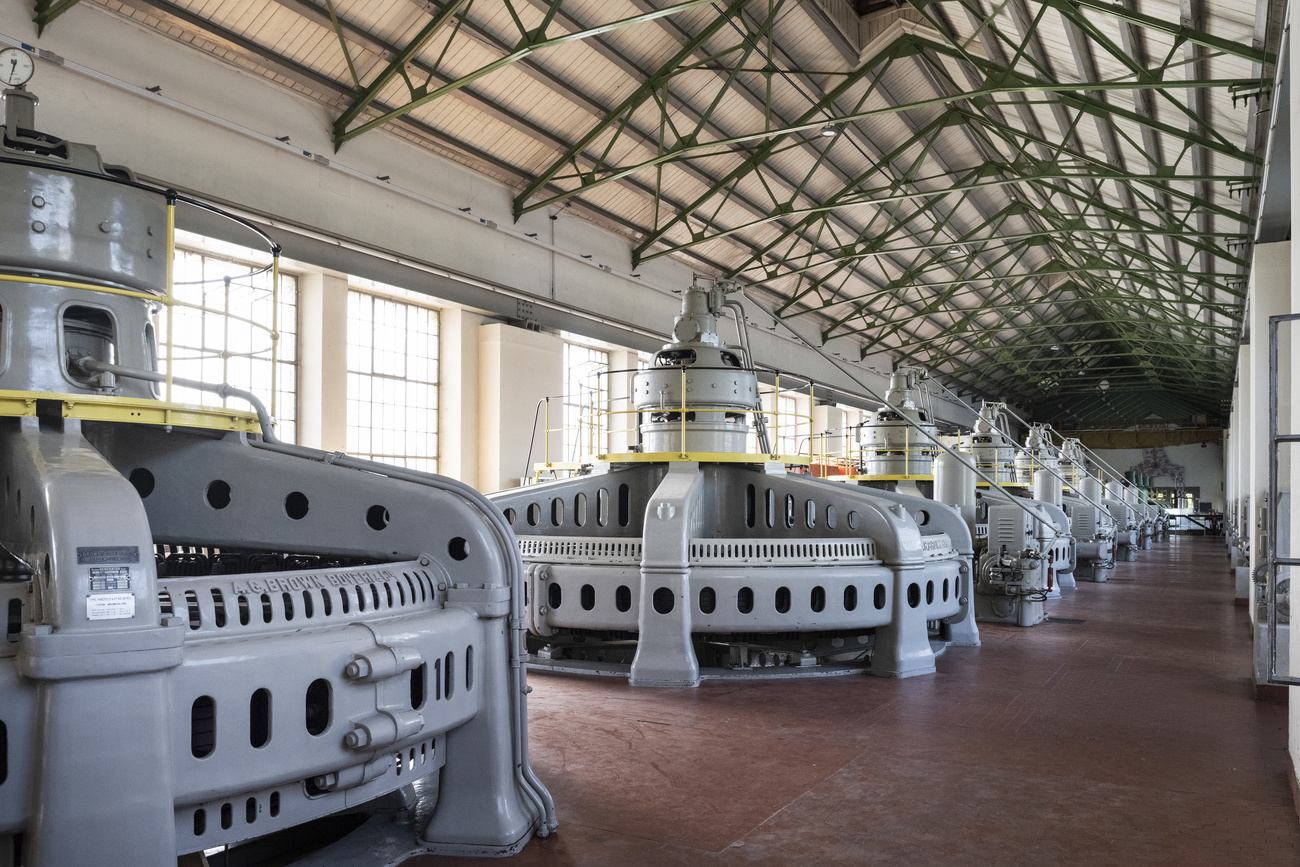
Swiss researchers develop technology to make hydrogen from air

EPFL scientists have developed a prototype of a solar-powered device capable of extracting water from the air and converting it into hydrogen.
A team of engineers from the Swiss Federal Institute of Technology Lausanne (EPFL) drew on plant leaves as inspiration for the device, which they say can be easily manufactured and used on a large scale.
When exposed to sunlight, the device absorbs water from the air and produces hydrogen. The hydrogen produced in this way could be used as fuel or for the long-term storage of solar energy, the authors wrote in the scientific journal “Advanced Materials” on Wednesday.
The main innovation in the model are the novel electrodes, which have two key properties: they are porous, in order to maximise contact with water in the air, and they are transparent, in order to maximise solar radiation on the semiconductor coating.

More
Green hydrogen vies for centre stage in climate change fight
Modest yield
In its current form, the prototype can already produce hydrogen when exposed to the sun’s rays. However, the scientists admit that efficiency is still “modest”.
The next step is to optimise the prototype, including through determining the ideal fibre and pore size as well as the most suitable materials.
To produce the electrodes, the researchers fused glass fibres together at high temperatures. The resulting platelets were coated with a thin layer of fluorine-reinforced tin oxide – a material known for its conductivity, robustness and ease of production. The plate was then given another coating: a thin film of light-absorbing semiconductor materials.

In compliance with the JTI standards
More: SWI swissinfo.ch certified by the Journalism Trust Initiative





























You can find an overview of ongoing debates with our journalists here . Please join us!
If you want to start a conversation about a topic raised in this article or want to report factual errors, email us at english@swissinfo.ch.